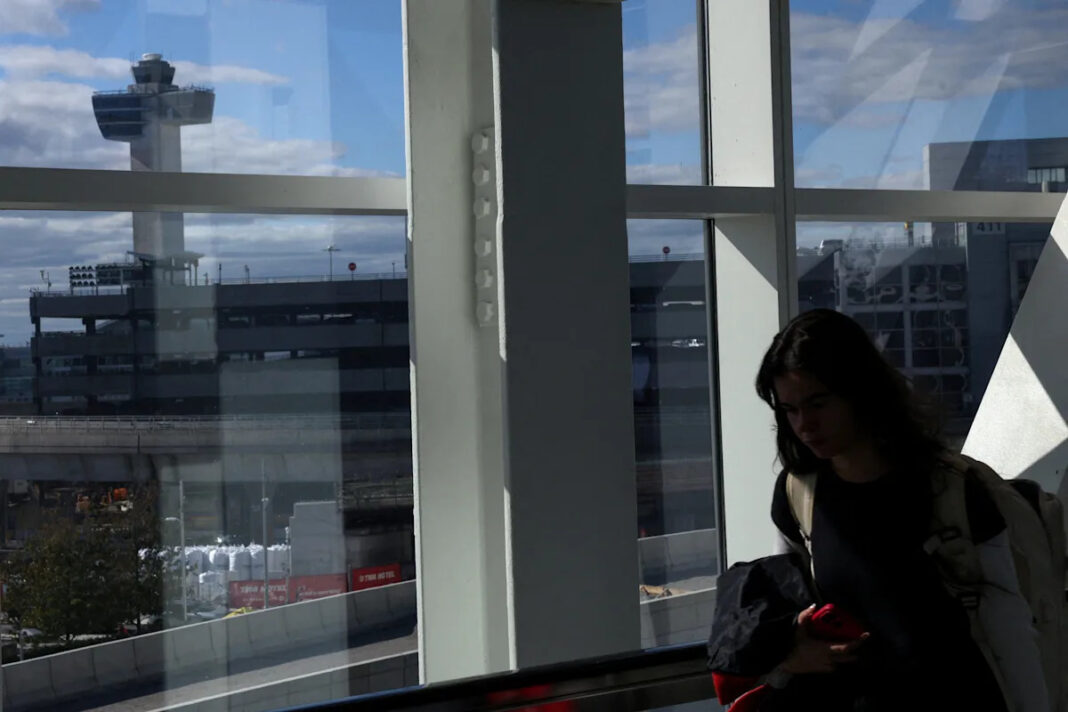Understanding the Impact of FAA Flight Cuts on Travelers
The aviation landscape is shifting as flight cuts take effect at 40 of the nation’s busiest airports. This initiative, directed by the Federal Aviation Administration (FAA), aims to address ongoing challenges, especially the pressing issue of air traffic controller shortages. While major airlines have reassured passengers that international flights will remain unaffected, the ripple effects of these changes could create complications for many travelers.
The Context of Flight Reductions
In response to the FAA emergency order, airlines are implementing a phased approach to cut flights by up to 10%. Cities that are likely to experience the most significant reductions include Dallas, Miami, and New York. This emergency measure intends to ease pressure on air traffic control systems compromised by staff shortages, a situation exacerbated during the government shutdown.
Implications for Connecting Passengers
For many travelers, the impact of these cuts might be felt most acutely during domestic connections. Experts have indicated that connecting passengers could face fewer options and longer layovers as airlines streamline their schedules. While international travelers might not see direct cancellations, the necessity of domestic connections makes it crucial to pay attention to potential delays and changes in flight availability.
Airline Response and Customer Support
Airlines are proactively alerting customers whose flights are impacted, focusing on providing flexible rebooking and refund options. This adaptability is critical as many travelers may need to adjust their itineraries to account for the reduced frequency of flights heading to affected airports.
To keep travel as smooth as possible during this turbulent time, airlines encourage passengers to stay informed and take proactive steps if their flights are affected.
Tips for Travelers
In light of the upcoming changes, here are some recommendations to help travelers navigate the evolving aviation environment:
-
Arrive Early: Given the potential for delayed security screenings and heightened congestion, arriving at the airport well ahead of your departure time can mitigate stress.
-
Plan for Connections: Ensure you allow plenty of time between connecting flights. With fewer options available, the availability of seats on subsequent flights may be limited.
-
Book Strategic Flights: According to Shye Gilad, a professor at Georgetown University and former airline captain, travelers should consider booking flights earlier in the day to avoid potential issues later on. Direct flights are also preferable when feasible.
-
Prepare for Delays: Avoid checking luggage if possible, and pack snacks and patience to help weather longer wait times.
The Landscape Ahead
As the FAA’s flight cuts progress, travelers must remain vigilant and adaptable. With the complexities of air travel only increasing, respectful communication with airlines can lead to better travel experiences. Stay updated on policy changes, and check for any operational impacts on your flights regularly.
With foresight and planning, passengers can navigate this turbulent period in aviation with greater ease and reassurance.



